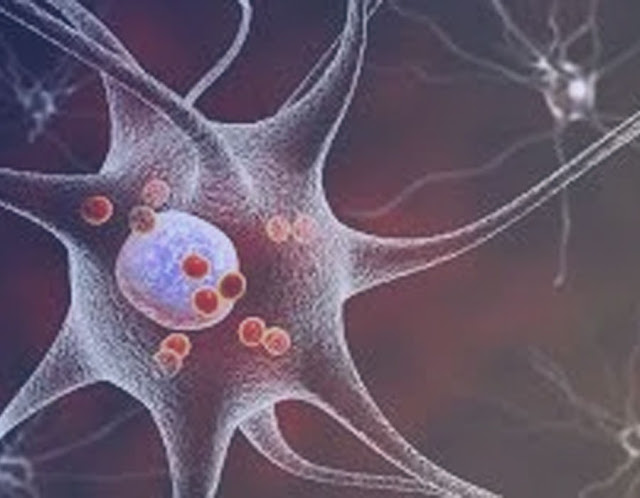Chinese scientists discover a potential breakthrough in Parkinson’s disease treatment with a new small-molecule drug that could slow disease progression and offer early intervention.
 |
| A breakthrough by Chinese researchers in Parkinson’s disease offers a potential therapeutic target and a small-molecule drug that could slow the disease’s advancement. Image: Collected |
Shanghai, China — February 23, 2025:
Chinese scientists have made a groundbreaking discovery in the fight against Parkinson’s disease, identifying a new therapeutic target and developing a promising small-molecule drug that could slow the progression of the neurodegenerative disorder. This breakthrough, achieved by a research team from Huashan Hospital, affiliated with Fudan University in Shanghai, has the potential to offer early intervention for Parkinson’s patients and significantly impact treatment outcomes. The findings were published in the prestigious academic journal Science on Friday (Beijing time).
Parkinson’s disease, the second most common neurodegenerative disorder after Alzheimer’s, affects around 3 million people in China, roughly half of the global total. The disease typically begins with mild symptoms such as a reduced sense of smell and sleep disturbances before progressing to more severe motor-related issues. As Parkinson’s advances, existing medications lose their effectiveness, severely affecting patients' quality of life.
Currently, available treatments only alleviate symptoms and do not halt the progression of the disease. Scientists have long sought targeted therapies that can intervene at the molecular level to slow or stop the disease’s progression. After five years of research, the team identified FAM171A2, a key risk gene linked to neurodegeneration, as a critical target for potential therapeutic intervention. Using artificial intelligence, they screened more than 7,000 approved compounds and discovered bemcentinib, an anti-cancer drug currently in clinical trials, as a promising candidate.
The researchers found that bemcentinib effectively blocks the interaction between FAM171A2 and the pathogenic protein associated with Parkinson’s, offering hope for slowing the disease’s progression. Team leader Yu Jintai emphasized that the next steps will include pre-clinical research, followed by the development of small-molecule drugs, antibodies, and gene therapies, with the aim of advancing clinical trials and new treatments.
As China’s aging population grows, the implications of this breakthrough are significant. The elderly, particularly those over 60, are more susceptible to Parkinson’s, and this discovery has sparked optimism within the medical community. “The experimental results have allowed us to precisely understand the pathophysiological mechanisms of Parkinson’s disease, bringing us closer to overcoming a challenge long considered insurmountable,” said Wang Jian, director of Huashan Hospital’s neurology department.
A reviewer from Science referred to the discovery as a “holy grail” for Parkinson’s research, underscoring its potential to prevent the spread of pathological changes and, ultimately, the disease itself.
As the global burden of neurological diseases like Parkinson’s and Alzheimer’s continues to grow, Chinese experts are calling for increased investment in brain science research. They stress the need for improved diagnostic tools, early intervention strategies, and novel treatments to improve the quality of life for patients worldwide.